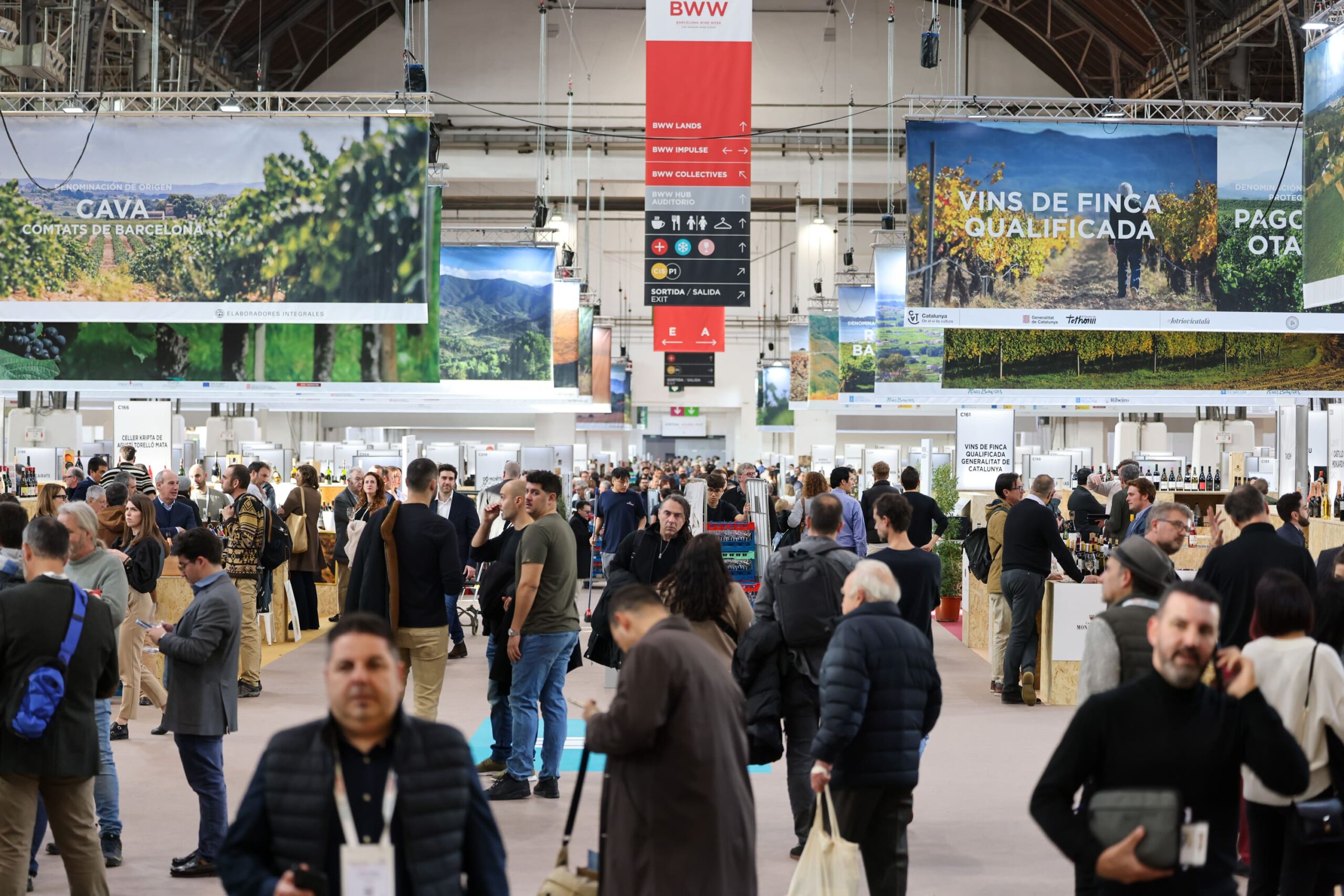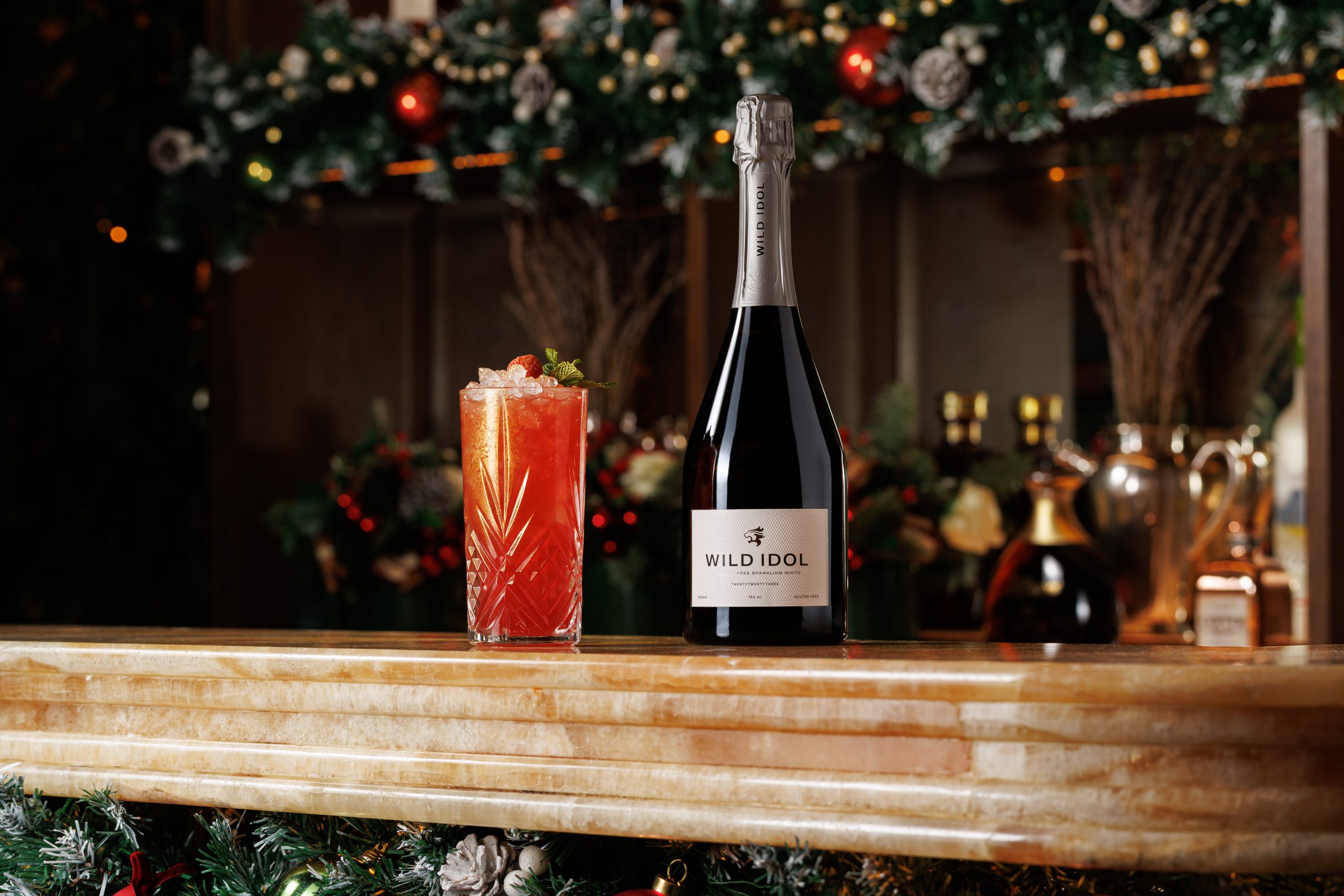Sparkling wine has ‘more flavours’ when tirage performed under cork, says scientist
A five-year scientific study by Amorim has revealed that traditional method sparkling wine that undergoes tirage – second fermentation – under cork is “more open, with more flavours”.
In an exclusive interview with the drinks business on Tuesday this week, José Machado, head scientist for sparkling wine at the world’s largest cork producer, Amorim, discussed the findings of a five-year project to see whether they are benefits to sparkling wine from tirage performed under cork stoppers, as opposed to the much more widely used crown caps – which are metal closures with a plastic lining, commonly used to seal beer bottles.
As previously reported by db, some sparkling wine producers choose to perform the second fermentation under cork because it is believed to yield a better result – although the science for why this may be the case is little understood.
For example, within the Moët Hennessy group, Dom Pérignon uses cork for the tirage of its bottles destined for extended ageing in their cellars, which are released at Plentidues 1 and 2 – while Ruinart uses cork for its top-end expression, called Dom Ruinart.
All other expressions from these houses, however, are sealed with crown caps for the secondary fermentation, because it is a cheaper solution. (The crown cap is expelled with the frozen sediment during the disgorging process, and the sparkling wine is then re-sealed with cork, which is why one very rarely sees sparkling wines in the market with crown caps).
Machado now believes he has the evidence to show that there are differences in sparkling wines aged under an Amorim two-disc agglomerated cork stopper, which is made by combining an agglomerated cork with two discs of cork, which are placed on the part of the stopper that is in contact with the wine.
His tests over the past five years have considered three aspects to the sparkling wines, which are the retention of carbon dioxide, oxygen kinetics, and the volatile components of the wine.
Importantly for sparkling winemakers, his research has shown a difference in the last aspect of the study, with those wines that undergo tirage under cork showing “chemical data differences” compared to those under crown cap.
Such differences concern, for example, volatiles such as esters, which are compounds that bring fruity flavours to wine, and are found to be higher, and above sensory thresholds, in those sparkling wines under cork in the Amorim study.
He explained, “We have found that the cork is better at preserving some volatiles in the wine such as esters, and we can sense this in the nose and in the taste, and we can see it in the chemical data.”
When asked by db why this finding may have occurred, Machado said that it could be due to the plastics used in the lining of the crown caps. With a material such as polyethylene in contact with the wine, he said that he believes that it is scalping the volatile composition of the fizz.
Partner Content
He commented, “Obviously some companies do tirage for 20 years, so after five years [for this study so far] we are only at the beginning.”
Continuing he said, “But after five years we have found some very positive tendencies, as we have seen that the natural cork stopper is better at preserving the wine.”
He added, “For example, we have found with sparkling wine from Catalonia that after 36 months we have a greater preservation of volatile compounds, measured in terms of the concentration of esters, in the wines under cork when compared to crown caps.”
Summing up, he said on this aspect of the study, “So we have a better aromatic component, and the consistency is better in terms of sensory performance, and obviously we need more time to have more data, but so far, it is very positive.”
As for the other aspects to the study, he said that there was no difference in the amount of carbon dioxide retained in those sparkling wines that undergo second fermentation under cork or crown cap, with both closure types seeing a loss of 0.5 bar of pressure over 4-5 years.
Regarding the oxygen kinetics, he said that this was a “little bit higher” in corks compared to crown caps. This relates to an expulsion of oxygen contained within the micro-pores of the cork when it is inserted into the bottle and compressed.
According to Machado, this has a beneficial impact on the sparkling wine because “it gives more balance in terms of oxygen and reduction”.
When asked by db to explain this statement, he said that during tirage, which sees the breakdown of components – such as dead yeast cells – in the wine, there is a consumption of the dissolved oxygen in the liquid, meaning that the process of secondary fermentation in the bottle is reductive.
And such a process can potentially yield unwanted aromas due to this, such as sulphur-like odours.
“The tendency during tirage is to have some reduction, but with a cork stopper, there is an injection of 2 to 2.5mg of oxygen per bottle, which will balance your wine and mean there is less reduction.”
in terms of winemaker sensory perception of what is a “good balance” in terms an imaginary scale with oxidation at one end and reduction at the other, Machado told db this has been assessed according to testing.
“We have evaluated the balance in terms of sensory perception on a scale of 1 to 10, where a value of 3-4 is seen as a good balance between oxidation and reduction,” he said.
“With crown caps, the result averages around 2.5, and under cork, it is around 4,” he added.
He then commented, “This doesn’t mean more oxidation, but it means it is closer to a balance between reduction and oxidation.”
In general, the lack of more reductive aromas, and the better preservation of esters in the sparkling wines aged under cork, means that the winemakers “prefer them”.
Together, Machado has recorded that “We have more open wine, with more flavours: more fruit, more toast, more brioche.”
As for the time scale, he added that, depending on the wine’s composition, he has observed differences after 2.5 years.
Meanwhile, db was informed that all the corks used in the tirage process undergo Amorim’s NDtech screening process before delivery, which provides a ‘non-detectable’ TCA guarantee for every stopper.
While Amorim cannot reveal its partners in this research, the Portuguese cork company told db that it comprised as many as 50 companies around the world and these took in all major traditional method sparkling wine regions, from Champagne to Cava and Franciacorta, as well as non-European sparkling wine producing areas, such as the Western Cape in South Africa.
Finally, Amorim’s head of marketing and communications, Carlos de Jesus – fully aware that scientific research on the details of sparkling wine evolution may not seem key news during the tense times of a viral pandemic – commented that it was the company’s duty in his view to “plough on”, commenting, “We have been through worse times… our factories are operating; we are selling stoppers; we are working.”
Read more




